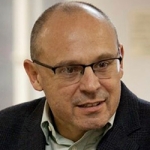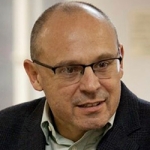- Learn to design systematic, transformative, grass-roots restorative dialogue
- Find hope and inspiration for mutual understanding, shared humanity, and healing when violence – even war – has painfully torn apart your community
- Learn how to develop a robust container for dialogue in your local communities including in families, schools, church groups, neighborhoods, and businesses
- See how restorative circle work can contribute organically to community development and wellness






